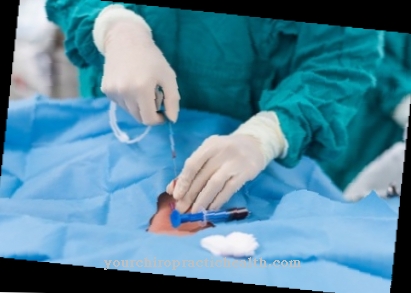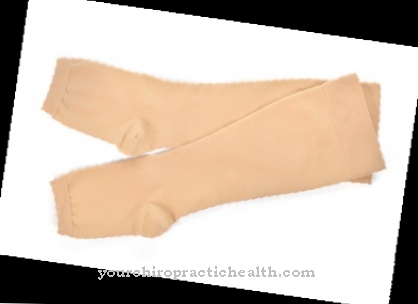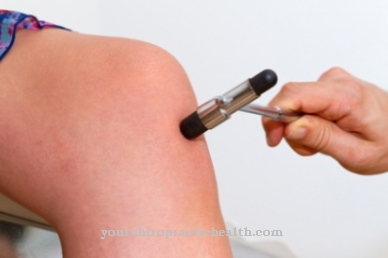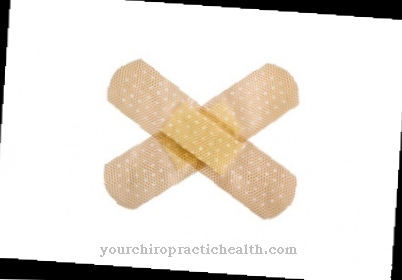Medicine and rehabilitation know a large selection of aids that are offered as part of therapy or to regain independence. They take a central position in this regard Orthotics a.
What is an orthosis?

A technical device that can be used to support and correct individual components of the body is called Orthosis designated. The production of the orthosis is the responsibility of either the medical technology branch or the orthopedic surgeon.
When an orthosis is put on, there is a direct connection between the limb to be treated and the corresponding device. Only in this way can the functionality of the orthosis be implemented in a targeted manner.
The opposing physical parameters such as statics and mobility are very important for orthoses. These should be supported by the orthosis on the body in order to promote healing. An orthosis is not a prosthesis.
Shapes, types & types
Among the most famous types of Orthotics, which enjoy extensive use, are the so-called rail clamp systems and the devices based on the rail sleeves.
Furthermore, the corsets and bodices as well as the fixation orthoses and the neck braces are used for treatment. A number of orthoses are not put on permanently. In addition to the cervical braces, this includes the orthotics for the knee, ankle and wrists. The same applies to the finger orthosis. Other orthoses such as the orthopedic shoe insoles and the support corsets can possibly be worn for a lifetime.
During the orthopedic production, the orthoses are classified into so-called back or trunk orthoses. In addition, the passive or active orthoses are prescribed depending on needs and illness. Passive orthoses are usually rigid, as is the case with the support corset.
Structure, function & mode of operation
Orthotics function according to different principles, in which the dynamics and / or statics of the skeletal system are supported or made possible in the first place. Due to the special structure and the sophisticated construction of the orthosis, this aid is able to either relieve the body, to immobilize it and to partially restrict its mobility, to correct or stabilize the body.
In this context, there are orthoses that only fulfill one task or products that have a multifunctional meaning. Depending on whether the orthosis is to be passive or active, the manufacturers guarantee a targeted design and careful selection of materials.
Aspects such as leverage of the orthosis and individually adapted fixation are also important. To a certain extent, the shape and structure of the orthotics are based on the general anatomical peculiarities of the human body and, equally, on an existing uniqueness. For this reason, the orthotics must be appropriate.
The modern technical highlights of the orthoses include the so-called robot orthoses, which are made especially for people with paraplegia. The preferred materials for the orthoses are lightweight aluminum, plastics, silicone and leather as well as various textile upholstery and lining materials.
Medical & health benefits
The therapeutic successes achieved with a Orthosis are achievable, justify their use and show the great benefit a high-quality orthosis has.
Due to the variety of functions that an orthosis can realize, a wide variety of health impairments of the skeleton and the joints can be treated in babies as well as adults. In addition, a better quality of life is possible through the use of the high-performance orthoses.
With orthoses, for example, deformities that are still growing can be steered into the normal path and a healthy shape can be achieved. After injuries to bony areas of the skeleton, orthotics are useful in order to initially relieve pressure and cease movement in these areas. This is a very important prerequisite for the reliable healing of broken bones.
In addition, the orthotics compensate for the load, which can prevent recurrent fractures. By inserting orthotics in the form of orthopedic insoles for footwear, painful complaints are prevented. In addition, an unbalanced foot or bone shape can be compensated for with the help of the orthotic, which protects other movement units from secondary diseases.

























.jpg)


